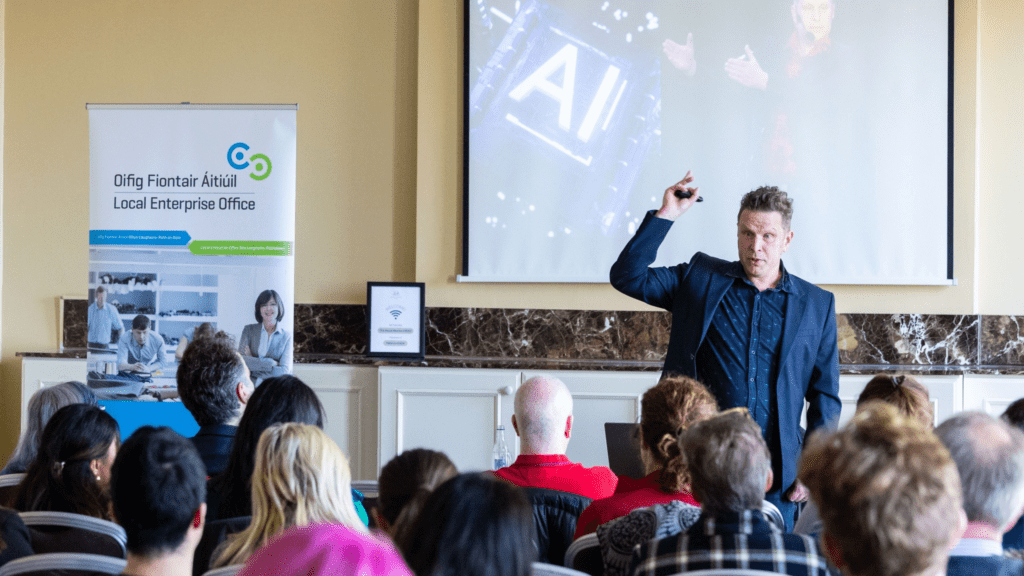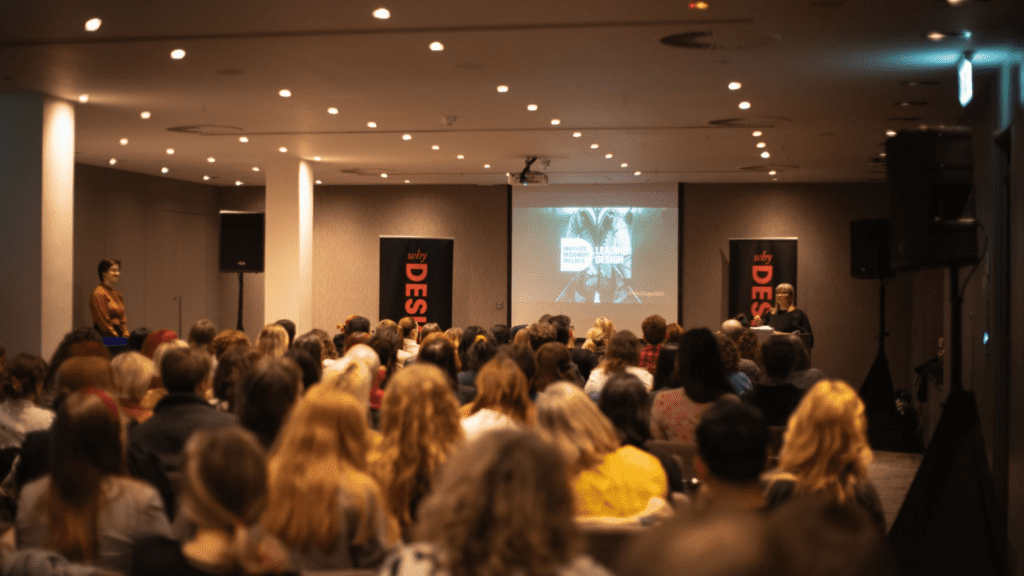Going from Bricks to Clicks
The secret to e-commence success online is not all about budget and time, but how much you want to succeed and stand out. It may seem difficult for a small bricks & mortar shop to dive into the online world, but with these simple steps, you can take ctrl of your business online. We have even simplified some web development terms and compared them to in-store business terminology that shop owners can understand. It is your very own jargon dictionary guiding you to your success online.
Helpful Tips
1. Visualise
Envision how you would like to expand your brand from in-store to online.
2. Time and Budget
Set aside enough time to implement your vision and budget accordingly.
3. Strategy
Develop an online marketing strategy that aligns with your in-store marketing strategy and brand values.
4. Your Customer: Who? Why? Where? What?
Know your target audience. It’s important to know who you are speaking to.
5. Your Products: (USPs) unique selling points, Top List, Supporting Products, Categories
Be familiar with what you’re selling and how these items are grouped online to optimise the user experience.
Your Secret Dictionary
THE BUILD
Before jumping into an e-commerce website build, take a moment to familiarise yourself with the terminology your developer will use throughout the project. Even though you can hire people to help build your store, at the end of the day you are the store owner who is responsible for everything before, during and after the development. In order to really scale your operation, you must educate yourself and be open to collaboration.
SHOP UNIT = PLATFORM
The same way there is a physical unit for customers to shop in-store, there needs to be a platform for you to build your website on so that your customers can shop online. In order to build an e-commerce business, you need to sell products independently through a custom-built website or leverage a third-party platform like BigCommerce, Shopify, WooCommerce, Volusion or Magento.
FLOOR PLAN = WIREFRAME
When opening a physical store, you need to plan where the show window, first bite, shelf for displaying different products and functional areas like fitting room and checkout point-of-sale tills will be. You probably will pick up a pen and sketch it in a notebook or create an architectural blueprint. In the digital world, wireframes do the exact same job, but for your e-commerce website. A wireframe is basically a screen blueprint that represents the framework of your website. In order to deliver the best shopping experience to your customers, you will need to draw up a wireframe with your website designer to capture the user flow in your online store and define the information architecture of your website.
FIT OUT = WEB DESIGN
Web design is one and the same with a fit-out except that it consists of decorating the website, rather than a physical store.
Good web design can be something that sets you apart from your competition. An efficient digital marketing strategy helps you attract potential customers to your website, however, what actually matters the most is their behaviour on your website that brings you real value, such as a purchase. A professionally designed website can influence how many users stay on your site; especially for new customers, the longer they stay on, the more likely they are to place an order.
MERCHANDISING = CONTENT
Without merchandising there would be nothing to sell and no one would want to come into a store. Without content online, there is nothing that makes your business stand out, resulting in no one wanting to click and view your site. Nowadays, people always do their research online before shopping. Instead of reading a lazily published 500-word article on your website, they can easily bounce to another site that does a better job on content marketing. For any website, especially e-commerce websites, an effective content marketing strategy could be a powerful way to earn attention, attract traffic and build loyalty online. By capturing such a strategy and implementing it with high-quality content, such as interactive design, lifestyle storytelling and stance-taking, your online store can continue getting value from such efforts.
POS = PAYMENT GATEWAY
POS and payment gateway both process transactions and payments, the only difference is one is in-store and the other is online.
This is your websites checkout page, enabling your customers to pay via various payment methods, such as Apple Pay, Paypal, Visa, MasterCard and nowadays even cryptocurrencies such as Bitcoin. This is just like using a POS machine that accepts different kinds of payment methods instore.
SIGNAGE = BANNER
Signage and banners hold the same purpose of relaying important information regarding your business such as sales or upcoming promotions. Just as you would change the promotional materials in your store, you can also keep changing your website banner to showcase your current or upcoming campaigns. By updating the signage in your store, you are presenting a fresh shopping experience to your customers. Your loyal customers would definitely want to drop by and have a look at your new stock. In terms of attracting potential customers online, a website’s banners are a part of your content marketing!
FLOOR STAFF = ORDER FULFILMENT
The floor staff is there to act as salespeople, assisting customers, and helping keep the shelves, displays and overall store presentable. Order fulfilment is what is needed to receive, process, and deliver orders to customers who purchase from you online. The good news is your e-staff is super smart and hard-working! It works for you 24/7 with no regular training, supervision or bonus encouragement needed. A well-designed user-friendly order fulfilment system will have you covered. Of course, you can update your order process as you figure out which experience best suits your customers.
STORE WALK = UX (USER EXPERIENCE)
As easy as it should be to walk around your physical store, it should be just as easy for users to navigate your website.
User experience is a concept related to the perception (positive or negative) that a user has after having interacted with your website. It directly affects both sales increases and how Google sends you organic traffic. If you want your online customers to speak well about your brand when they leave your site and be happy to come back, make sure your website has been designed well and is easy to navigate in order to make the purchasing process as intuitive as possible.
LOCAL PR = SOCIAL MEDIA
Instead of having to use local PR to promote your store in newspapers and magazines, you can use the wonders of social media to reach a larger more targeted audience. If you haven’t created a social media presence yet, you’re missing out on a great opportunity to build brand awareness, drive traffic to your site, and make sales. Thankfully, it’s not too late. Whether you’re an avid social media expert or a total newcomer to the party, you can still use social media to grow your business. Just like building your brand awareness, connection and community with local PR, you can have even more if you start managing your social media strategically.
WATCH = ANALYTICS
Instead of watching the number of people come in with your eyes, you can watch through a screen and charts to see how many users are on the site, where were they come from and how your business is performing online. By linking up your analytics platform with your social media and advertising platform, you can even get more in-depth data. If you’re wondering about the profit of an investment, are not sure about which social media channel brings the most purchases or are trying to figure out the value behind each of your online engagement, you can actually get a simple answer by tracking and analysing your website data. Instead of watching your customers flow in your shop every second of the day, digital tools help you know what is happening in your online shop at any time on your own time.
FRESHEN UP = UPDATE
Giving a makeover to your store is the equivalent of updating your website. By following the steps above, you must already have a nice online presence with a good amount of customers. We hate to be annoying, but it’s necessary to let you know, your work is not finished yet. No matter how nice you believe your online shop is, it needs to be renovated sooner than you think. There is no limit on a better customer experience, so keep an eye on what’s going on in the market, experiment with a few features before most of your competitors, and implement your website with whatever suits your brand best. With all that, the number of your happy customers will be updated too!
Going from bricks to clicks and understanding the concept of digital marketing and the online world may not happen overnight, but it is possible, so don’t be discouraged. If you need any help with your digital marketing, e-commerce website and/or branding as a whole, reach out to us and we will gladly assist you.



















